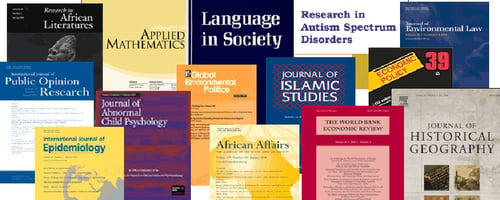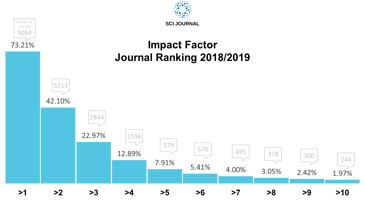←Back to resources In an age of fake news and blossoming AI journalism, it's a good question. Let's...
NewsRx and Credible Sources
←Back to resources
Every day we face an Internet ruled by unverified sources. We need to be able to trust journalists more than ever before. So when NewsRx publishes over 7000 articles a day, the question that matters most is: are these articles credible?
Those 7000 daily articles—news briefs that cover the world’s important, emerging scientific and business discoveries—are only made possible by artificial intelligence. NewsRx’s AI and computational journalism technology complete the entire reporting process. While remaining under human surveillance, algorithms research, write, edit, format, and distribute NewsRx’s original content. These articles are made available on Butter as well as via Daily and Weekly Datasets and ScholarlyEditions.
In order to create technology capable of being just as accurate and reliable as skilled human journalists, NewsRx developed a sound research and writing style that could be translated into code and software. Meanwhile, subject matter experts oversaw the creation of quality standards for academic sources, curating NewsRx’s sources for reliability and expertise while allowing them to evolve over time. NewsRx gathers data from over 20,000 quality checked global sources.
NewsRx has taken important steps to ensure utmost transparency and credibility:
1. Reliable sources
A journalist is only as reliable as their sources. NewsRx sources from knowledge creators—the original person or organization that makes a groundbreaking discovery. These types of sources include peer-reviewed academic journals and government agencies like the CDC and FDA. NewsRx reporting takes data from primary sources—for example, a bank’s quarterly financial report, a peer-reviewed scientific article on neurosurgery, or an Apple patent—and concisely explains its contents and significance.
2. Inclusion criteria
Even for seemingly reliable primary sources, NewsRx utilizes strict standards of quality. NewsRx eliminates suspicious sources, such as journals that have been inaccurate, misrepresentative, or have a large number of retractions. All potential sources are quality checked and removed if they do not meet high standards of accuracy.
3. Reporting style
Even if a source is reliable and quality-checked, the reporter is often the one that can distort the information to fit a particular agenda or ideological bent, whether intentional or not. NewsRx is committed to delivering objective news, reporting on fact-based innovations and discoveries, leaving the opinions behind.
NewsRx has a comprehensive writing and sourcing process, which involves using multiple sources for each and every article. NewsRx also digs deep to make connections between disparate pieces of information—for example, a report on a clinical trial will also take into account any peer-reviewed research articles published about that trial.
Over the years, NewsRx has won accolades for its excellence in reporting and technology alike from USA Today, The New York Times, The Wall Street Journal, eHealthcare Leadership Awards, and more.

.jpg?width=50&name=DSC_0028%20(1).jpg)


